Also by ELIZABETH BENEDICT
Novels
Slow Dancing
Th e Beginners Book of Dreams
Safe Conduct
Almost
Th e Practice of Deceit
Nonfiction
Th e Joy of Writing Sex: A Guide for Fiction Writers
Mentors, Muses & Monsters: 30 Writers on the People Who Changed Th eir Lives, Editor
What My Mother Gave Me
T hirty-one Women on the Gifts T hat Mattered Most
Edited by
ELIZABETH BENEDICT

ALGONQUIN BOOKS OF CHAPEL HILL 2013
DEDICATION
 For my mother and my sister Nancy
For my mother and my sister Nancy
For Emily and Julia
Contents
Roxana Robinson
Caroline Leavitt
Maud Newton
Jean Hanff Korelitz
Katha Pollitt
Ann Hood
Margo Jefferson
Emma Straub
Mary Gordon
Judith Hillman Paterson
Cheryl Pearl Sucher
Abigail Pogrebin
Reverend Lillian Daniel
Cecilia Muoz
Elissa Schappell
Karen Karbo
Charlotte Silver
Rita Dove
Luanne Rice
Elinor Lipman
Martha McPhee
Dahlia Lithwick
Mameve Medwed
Susan Stamberg
Joyce Carol Oates
Sheila Kohler
Marge Piercy
Eleanor Clift
Mary Morris
Lisa See
, Elizabeth Benedict
Introduction
It is said that all books begin with an obsession, and this one is no exception.
In this case, its a beautiful winter scarf my mother gave me toward the end of her life, probably the last gift I got from her. After she died in 2004, I became more attached to it. Th e times I thought Id lost it, I went into full-blown panics. It was only partly that I didnt know where to find a replacement for this embroidered wool scarf whose label said MADE IN INDIA . Mostly, it was feeling that Id lost my connection to my mothera connection that was restored as soon as I found it.
Th e intensity of my feelings about the scarf surprised me, because I had felt so distant from my mother for most of my life. But because she was kind, loving, and needy, my feelings for her were layered with guilt, and the guilt so thick it sometimes felt like torment. After she died, I just felt sad and intensely aware of the scarf, which I wear around the collar of my coat all winter long, every year.
I lived silently with this welter of feelings year after year. I didnt know whom to talk to about it, or what to say; the scarf was attached to a free-floating, inchoate grief. Or was it something other than grie f ? For years, the feelings were beyond any words that I could summon. In 2011, my brooding gave way to curiosity, and I began to wonder about the experience of other women. If this one gift meant so much to me, if it unlocked the door to so much history and such complicated feelings, might other women have such a gift themselves?
What My Mother Gave Me is the affirmative answer to that question. Each of the contributors describes a gift from her motherthree-dimensional, experiential, a work habit, a habit of being, a way of seeing the worldthat magically, movingly reveals the story of her mother and of their relationship. Th e pieces run from short and sweet to long and wrenching, from hilarious to mournful, from heartwarming to heartbreaking. And the treasured gifts shimmer in their variety and uniqueness: an etiquette book, a plant, a necklace, a horse, a passport, a trip on the Circle Line boat around Manhattan. One woman received from her writer mother the habits of writing a thousand words a day plus one charming note. Another got the gift of taking the impossible in stride. And one was given a few bottles of nail polish that changed her life.
Singly, each piece is a gem to me: a gathering in of memory, affection, and gratitude, however tormented the relationships once were. Taken together, the pieces have a force that feels as elemental as the tides: outpourings of lightness and darkness; simple joy and devastating grief; mother love and daughter love; mother love and daughter rage; the anguish of suffering mothers and daughters powerless to help themand the spoken and unspoken weight of missing all the mothers who are gone.
Having had an unhappy mother, I found myself astonishedfeeling a mixture of envy and disbeliefby the stories of happy mothers and daughters. At first, I thought it was the younger writers whose mothers were happy, those whose mothers had more control over their lives and their finances than women of my mothers generation. But as essays arrived over a period of months, I saw I was wrong: there are happy mothers from all generations in this collection. Such mothersits clear from these pagesraise more lighthearted offspring than unhappy ones; or do I mean only that the absence of torment is palpable in their pages?
As essay after essay reveals, a single gift can easily tell the story of an entire life. Yet for all the richness here, its striking how modest almost all of these gifts are. A used cake pan, a homemade quilt, a wok, a Mexican blouse, a family photograph. It just might be, after all, that its the thought that countsand the packaging, too. I dont mean the paper and the ribbons, but the emotional wrapping, the occasion for the gift, the spirit in which it was given, and everything that happened before and after. Th is is another way of saying that, as gift givers and recipientswhether we are mothers, daughters, aunts, sisters, or cherished friendswe may not know for quite some time which presents will matter most.
Hearts Desire
Growing up, I was horse-crazy.
I thought about little else.
At school, I drew pictures of horses and wrote stories about them. At recess we all played horses, all the girls in second grade. Each day we described ourselves: Im a mischievous bay filly with a white star on my nose. Im a curvetting chestnut mare with four white socks. Th en we trotted off, tossing our heads.
When I was in the car with my parents, I looked out the window and imagined myself racing alongside on horseback, keeping up with the car as I jumped over fences and obstacles. I imagined myself the rider and I imagined myself the horse: I watched for good pasture; thick, juicy green grass looked delicious to me. I watched for horse barns and riding rings. When I saw a horse in a field, I waved, covertly.
No one else in my family was so afflicted. My mother had ridden, as a girl, but she hadnt been horse-crazy. My fathers father had been a polo player and foxhunter, but my own father had never taken up riding. My brothers and sisters werent interested in horses. It was only me.
I was besotted. I had a map of the world showing the breeds and their origins. I knew that Przewalskis Horse came from Mongolia. I knew it was the oldest known breed, endearingly big-bellied and short-legged, dun-colored, with a thick black mane and tail, and no forelock. I knew the sturdy Norwegian Fjord Horse, and the American Trotting Horse, descended from Rysdyks Hambletonian. I knew the heavy draft breeds, the huge gentle Clydesdale, the thick-necked Shire, the Suffolk Punch. I knew the Th oroughbreds, who were all descended from three Arabian foundation sires: the Godolphin Barb, the Darley Arabian, and the Byerly Turk.
I especially loved Arabians, with their delicate bones and dished faces and arched necks, their fiery natures and flowing tails. Swift and sure-footed, they galloped across the burning sands under an azure sky. Th ey were romantic heroes, and besides, I was related to them.
Th e Godolphin Barb was a small Arabian stallion given as a present by the Bey of Tunis to the king of France. Somehow the little Barb (a horse from the Barbary Coast) wound up in England, owned by the Earl of Godolphin, who had a famous racing stud. At that time, the early eighteenth century, English racehorses were big and heavy-boned. Th e slight, light-boned Arabonly fifteen hands highwas not considered suitable breeding stock. But the Barb was high-spirited and fiery, and more forceful than anyone expected.
Next page

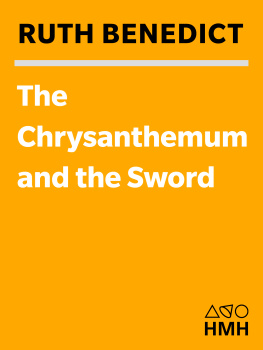
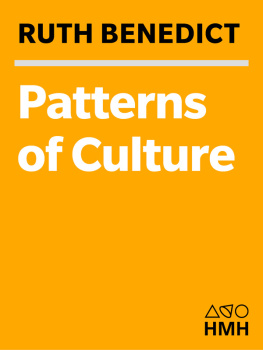
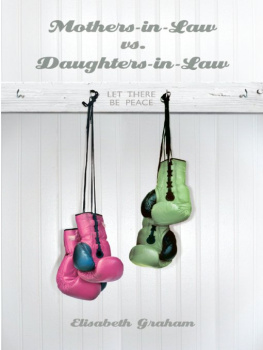
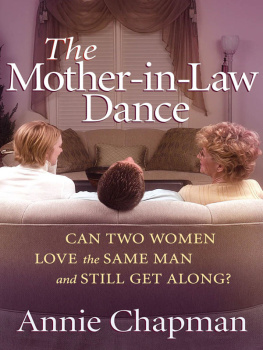

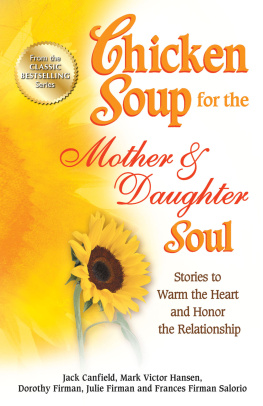
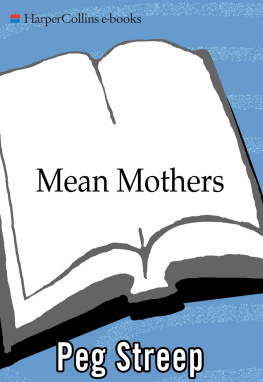
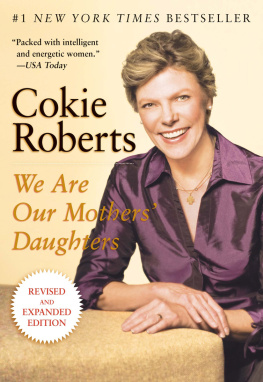
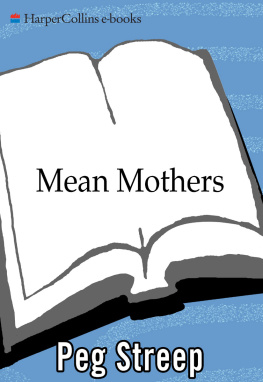

 For my mother and my sister Nancy
For my mother and my sister Nancy